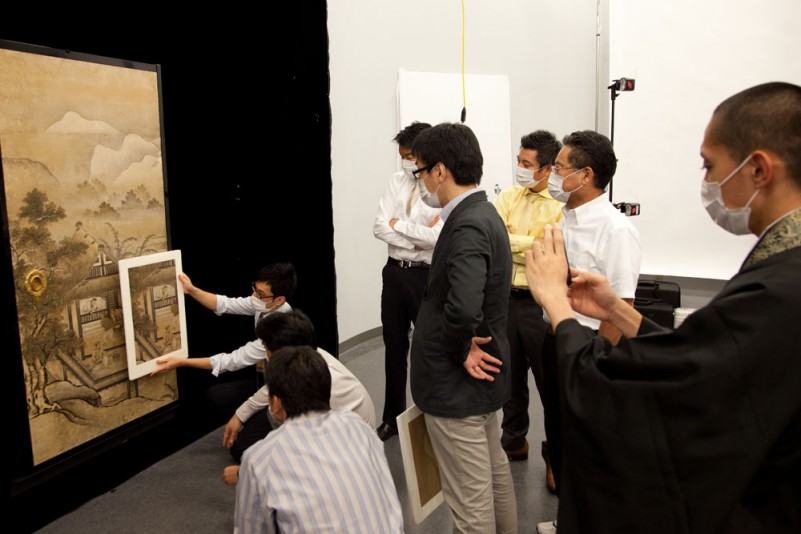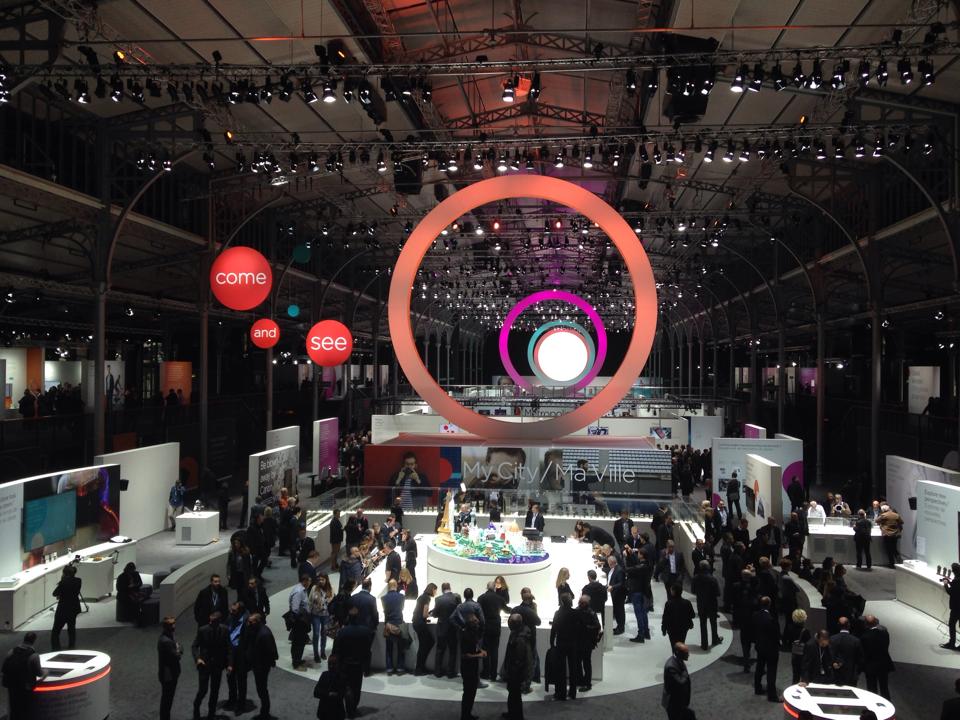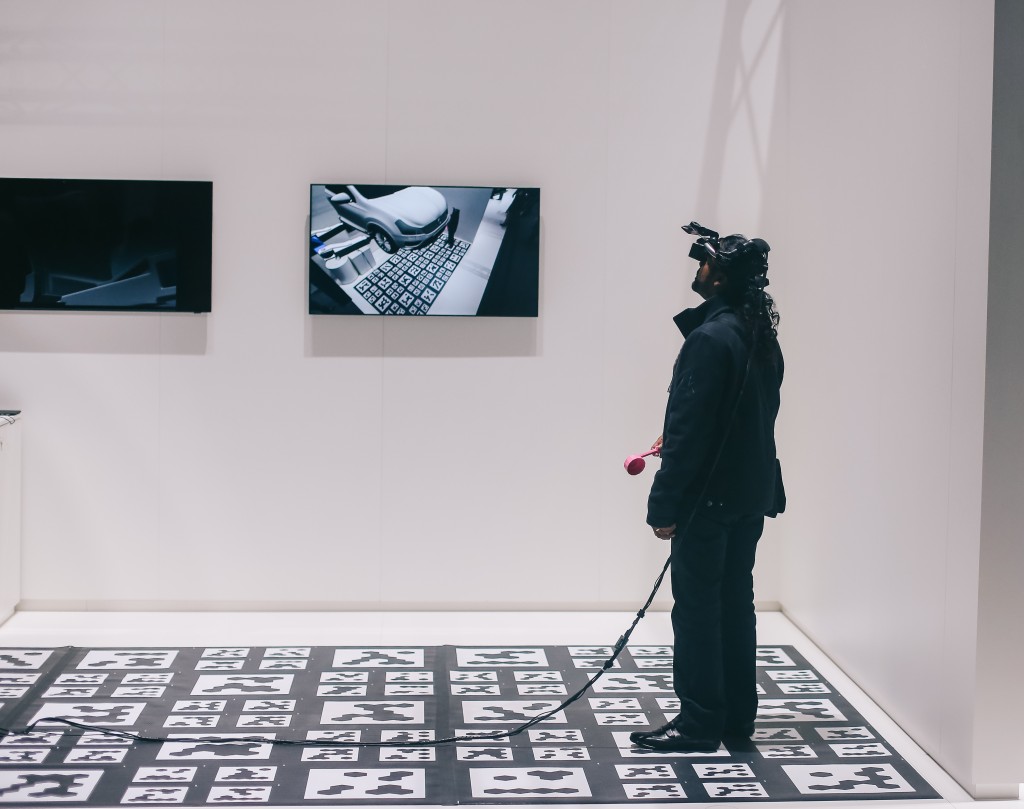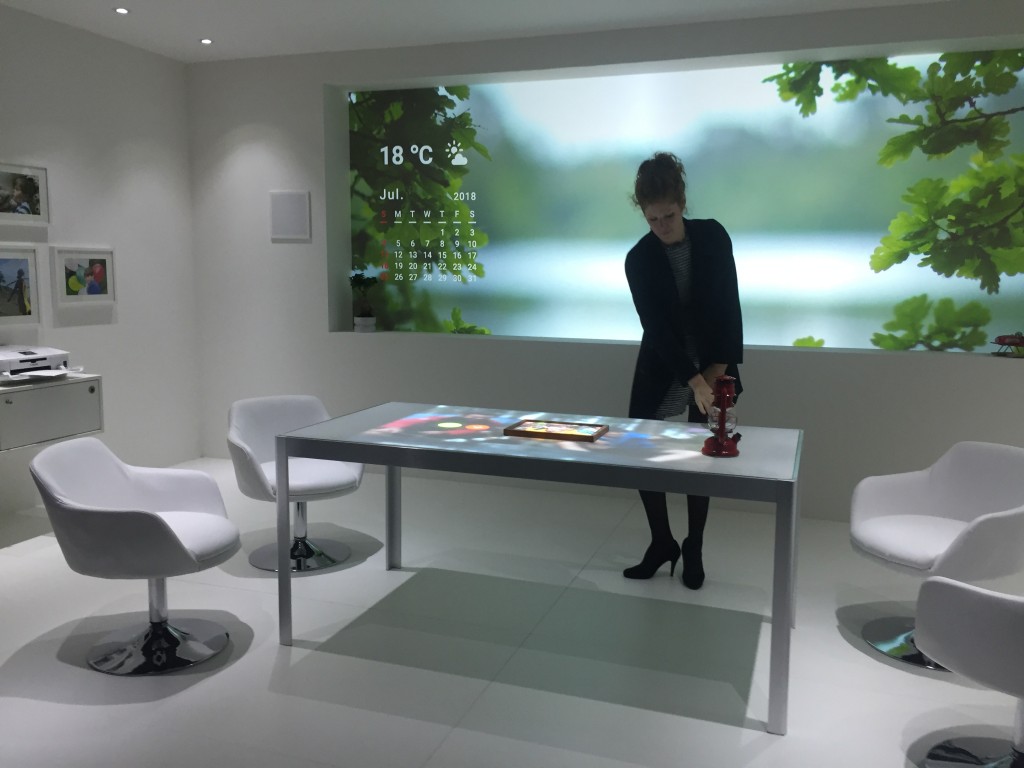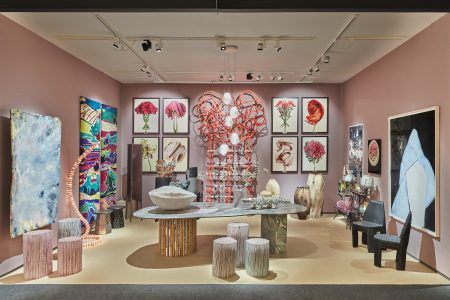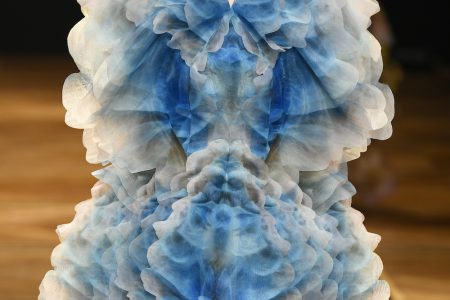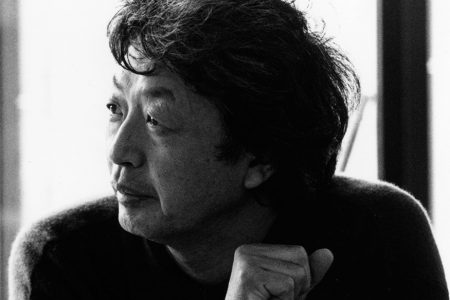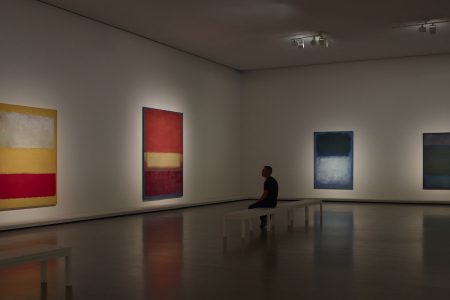Tsuzuri Project by Kyoto Culture Association and Canon
Kyoto Culture Association and Canon support traditional Japanese craftsmanship through Tsuzuri Project. In the project, cultural properties are photographed, printed and finished with traditional crafts, such as gold leafing.
The challenge with Japanese antiquity is that many important cultural assets are rarely shown to the public. Most often, they are owned in other countries, they remain in Japan but need to be protected from deterioration, or because of national regulations.
For these reasons, Canon has supported traditional craftsmanship in Kyoto in capturing Japan’s cultural heritage through the Tsuzuri Project since 2007. The joint initiative by Canon and Kyoto Culture Association aims at preserving original cultural assets by using high-resolution prints of Japanese antiquity on surfaces such as folding screens and sliding doors. Eventually, the prints are donated to owners of the original works, such as museums, universities, cities or prefectural authorities or temples and shrines that owned the original works before they have been owned in other countries.
As part of the project, the participants of the Tsuzuri Project created high-definition print of the masterpiece Dragon and Tiger, painted by Hasegawa Tohaku, in cooperation with the Museum of Fine Arts in Boston. The facsimile was donated to the new Oita Prefectural Art Museum, which opened on 24 April 2015.
In the Tsuzuri Project, capturing cultural heritage begins with choosing the method of photography best suited to the original property. The properties are photographed digitally, processed with colour correction technology and printed in large format. After photographing, traditional crafts such as gold leaf and mounting, are applied to complete near-perfect replicas of the original works. The final work is completed by mounting it on an authentic Japanese sliding door or folding screen by craftsman from Yokoyama Seiwado, the atelier responsible for restoring mountings and various cultural artifacts in Kyoto from ancient times.
The project was presented during the Canon Expo 2015 Paris on 13–15 October 2015. The expo is held every five years to provide an update on Canon imaging technologies from shooting, image processing, technological advances, medical solutions and 3D printing at La Grande Halle in Paris.
